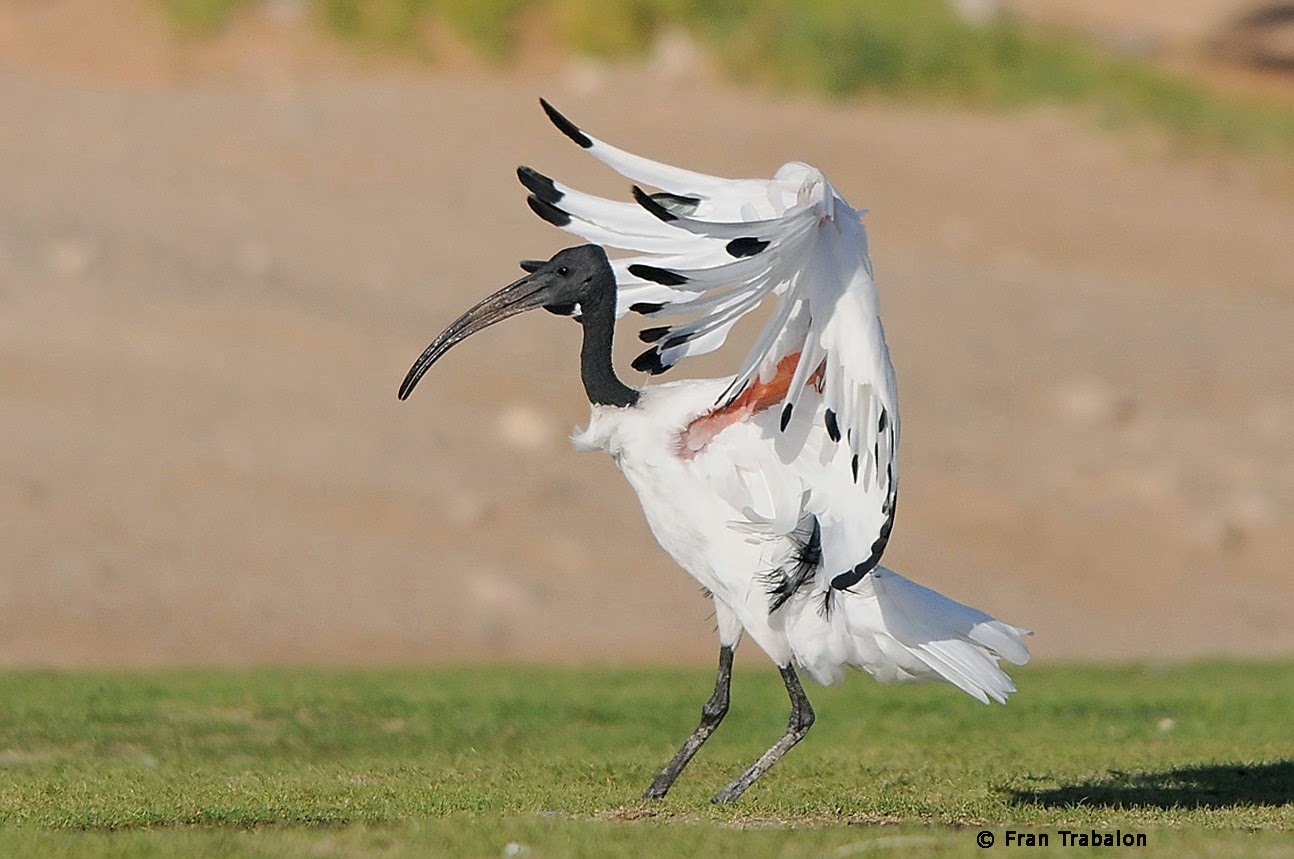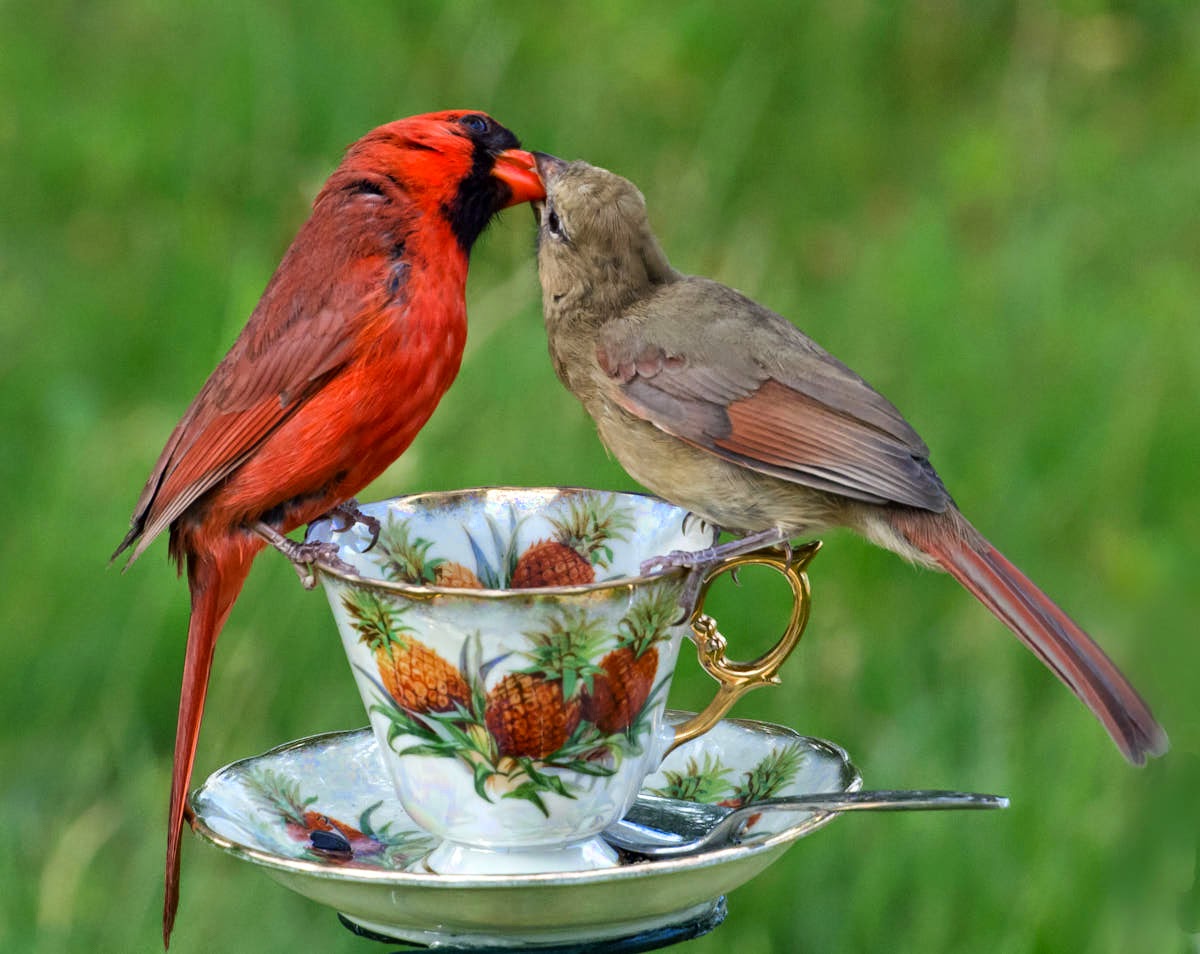White Stork - Bocian biały
Brazil, Pantanal, 2013
Description
The white stork is a gregarious bird; flocks of thousands of individuals have been recorded on migration routes and at wintering areas in Africa. Non-breeding birds gather in groups of 40 or 50 during the breeding season.
White storks fly south from their summer breeding grounds in Europe in August and September, heading for Africa. There, they spend the winter in savannah from Kenya south to the South Africa. In these areas they congregate in large flocks which may exceed a thousand individuals. Some diverge westwards into western Sudan and Chad, and may reach Nigeria. In spring, the birds return north; they are recorded from Sudan and Egypt from February to April. They arrive back in Europe around late March and April, after an average journey of 49 days. By comparison, the autumn journey is completed in about 26 days. Tailwinds and scarcity of food and water en route (birds fly faster over regions lacking resources) increase average speed. Due to its large size, predation on vermin, and nesting behaviour close to human settlements and on rooftops, the white stork has an imposing presence that has had an impact on human culture and folklore.
A white stork's droppings, containing faeces and urine, are sometimes directed onto its own legs, making them appear white. The resulting evaporation provides cooling and is termedurohidrosis. Birds that have been ringed can sometimes be affected by the accumulation of droppings around the ring leading to constriction and leg trauma. The white stork has also been noted for tool use by squeezing moss in the beak to drip water into the mouths of its chicks.

Habitat
The white stork has a wide range across Europe, clustered in the Iberian Peninsula and North Africa in the west, and much of eastern and central Europe, with 25% of the world's population concentrated in Poland.
The white stork's preferred feeding grounds are grassy meadows, farmland and shallow wetlands. It avoids areas overgrown with tall grass and shrubs. In parts of Poland, poor natural foraging grounds have forced birds to seek food at rubbish dumps since 1999. White storks have also been reported foraging in rubbish dumps in the Middle East, North Africa and South Africa.
The white stork breeds in greater numbers in areas with open grasslands, particularly grassy areas which are wet or periodically flooded, and less in areas with taller vegetation cover such as forest and shrub land. They make use of grasslands, wetlands, and farmland on the wintering grounds in Africa.
Voice
The adult white stork's main sound is noisy bill-clattering, which has been likened to distant machine gun fire. The bird makes these sounds by rapidly opening and closing its beak so that a knocking sound is made each time its beak closes. The clattering is amplified by its throat pouch, which acts as a resonator. Used in a variety of social interactions, bill-clattering generally grows louder the longer it lasts, and takes on distinctive rhythms depending on the situation—for example, slower during copulation and briefer when given as an alarm call. The only vocal sound adult birds generate is a weak barely audible hiss; however, young birds can generate a harsh hiss, various cheeping sounds, and a cat-like mew they use to beg for food. Like the adults, young also clatter their beaks.
Diet
White storks consume a wide variety of animal prey. They prefer to forage in meadows that are within roughly 5 km of their nest and sites where the vegetation is shorter so that their prey is more accessible. Their diet varies according to season, locality and prey availability. Common food items include insects (primarily beetles, grasshoppers, locusts and crickets), earthworms, reptiles, amphibians, particularly frog species such as the edible frog and common frog and small mammals such as voles, moles and shrews. Less commonly, they also eat bird eggs and young birds, fish, molluscs, crustaceans and scorpions. They hunt mainly during the day, swallowing small prey whole, but killing and breaking apart larger prey before swallowing. Rubber bands are mistaken for earthworms and consumed, occasionally resulting in fatal blockage of the digestive tract.
Reproduction
The white stork breeds in open farmland areas with access to marshy wetlands, building a large stick nest in trees, on buildings, or on purpose-built man-made platforms. Nests are built in loose colonies. The nest is typically used year after year especially by older males. The males arrive earlier in the season and choose the nests. Larger nests are associated with greater numbers of young successfully fledged, and appear to be sought after. Nest change is often related to a change in the pairing and failure to raise young the previous year, and younger birds are more likely to change nesting sites. Although a pair may be found to occupy a nest, partners may change several times during the early stages and breeding activities begin only after a stable pairing is achieved.
Paired birds greet by engaging in up-down and head-shaking crouch displays, and clattering the beak while throwing back the head. Pairs copulate frequently throughout the month before eggs are laid. A white stork pair raises a single brood a year. The female typically lays four eggs, though clutches of one to seven have been recorded. Incubation begins as soon as the first egg is laid, so the brood hatches asynchronously, beginning 33 to 34 days later. The first hatchling typically has a competitive edge over the others. While stronger chicks are not aggressive towards weaker siblings, as is the case in some species, weak or small chicks are sometimes killed by their parents. This behaviour occurs in times of food shortage to reduce brood size and hence increase the chance of survival of the remaining nestlings. White stork nestlings do not attack each other, and their parents' method of feeding them (disgorging large amounts of food at once) means that stronger siblings cannot outcompete weaker ones for food directly, hence parental infanticide is an efficient way of reducing brood size. Despite this, this behaviour has not commonly been observed.

Did you know?
Storks have little fear of humans if not disturbed, and often nest on buildings in Europe. In Germany, the presence of a nest on a house was believed to protect against fires. They were also protected because of the belief that their souls were human.
According to European folklore, the stork is responsible for bringing babies to new parents. The legend is very ancient, but was popularised by a 19th century Hans Christian Andersen story called The Storks.
German folklore held that storks found babies in caves or marshes and brought them to households in a basket on their backs or held in their beaks. These caves contained adebarsteine or “stork stones”. The babies would then be given to the mother or dropped down the chimney. Households would notify when they wanted children by placing sweets for the stork on the window sill. From there the folklore has spread around the world to countries such as the Philippines and South America.
In Slavic mythology and religion, storks were thought to carry unborn souls from Iriy to Earth in spring and summer. This belief still persists in the modern folk culture of many Slavic countries, in the simplified child story that “storks bring children into the world”. Storks were seen by the Slavs as bringing luck, and killing one would bring misfortune. A long-term study that showed a spurious correlation between the numbers of stork nests and human births is widely used in the teaching of basic statistics as an example to highlight that correlation does not necessarily indicate causation. The child-bringing myth has appeared in different forms in history. Children of African American slaves were sometimes told that white babies were brought by storks, while black babies were born from buzzard eggs.
There were negative aspects to stork folklore as well; a Polish folk tale relates how God made the stork’s plumage white, while the Devil gave it black wings, imbuing it with both good and evil impulses. They were also associated with handicapped or stillborn babies in Germany, explained as the stork having dropped the baby en route to the household, or as revenge or punishment for past wrongdoing. A mother who was confined to bed around the time of childbirth was said to have been “bitten” by the stork. In Denmark, storks were said to toss a nestling off the nest and then an egg in successive years. In medieval England, storks were also associated with adultery, possibly inspired by their courtship rituals. Their preening and posture saw them linked with the attribute of self-conceit.
Photos by others
www.stefanoronchi.com
www.Pbase.com
Dalyanbirding's Blog
Credits
Planet of Birds, Wikipedia






































w.jpg)
w.jpg)
w.jpg)
w.jpg)
w.jpg)



